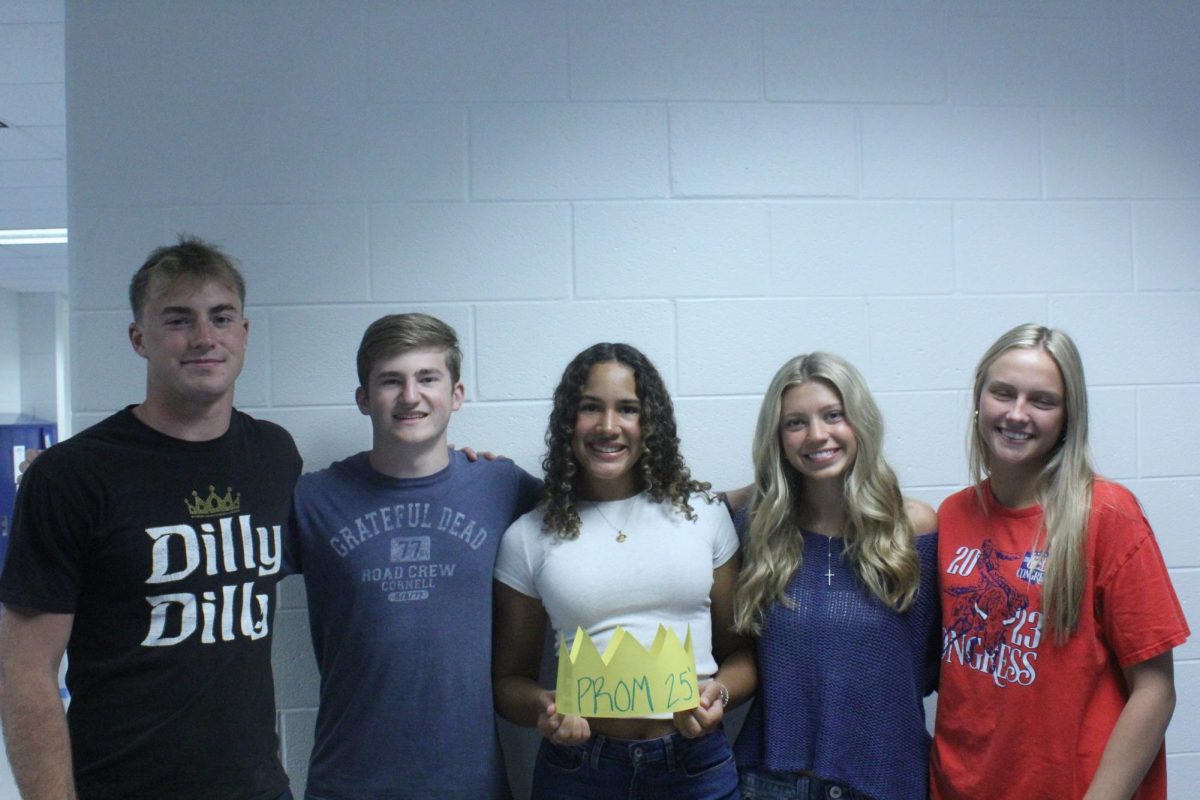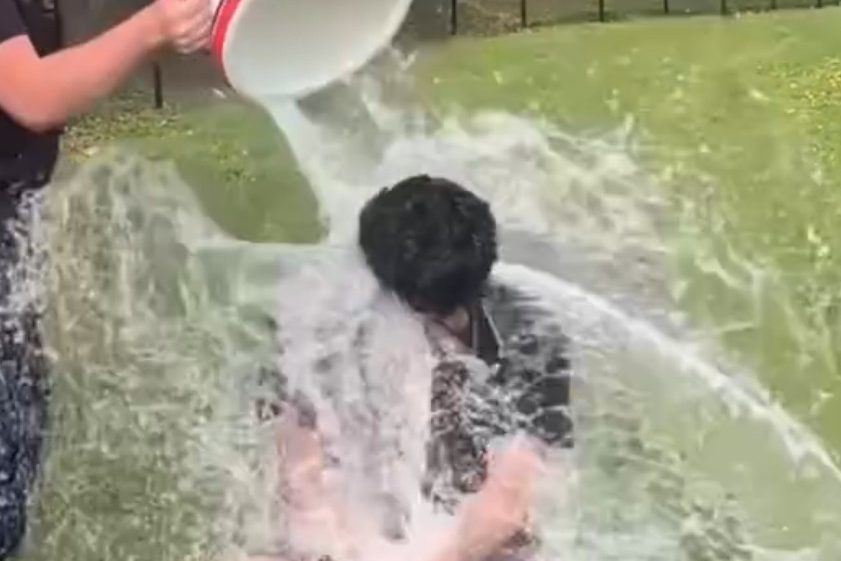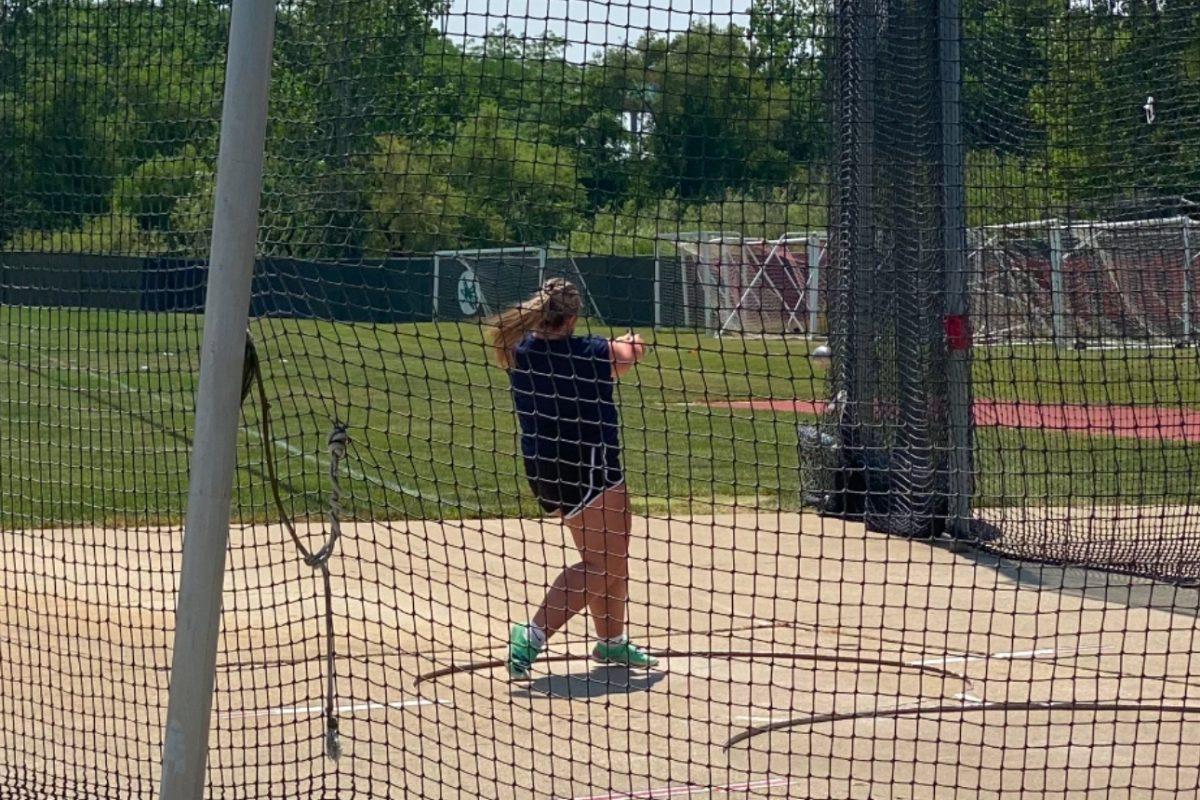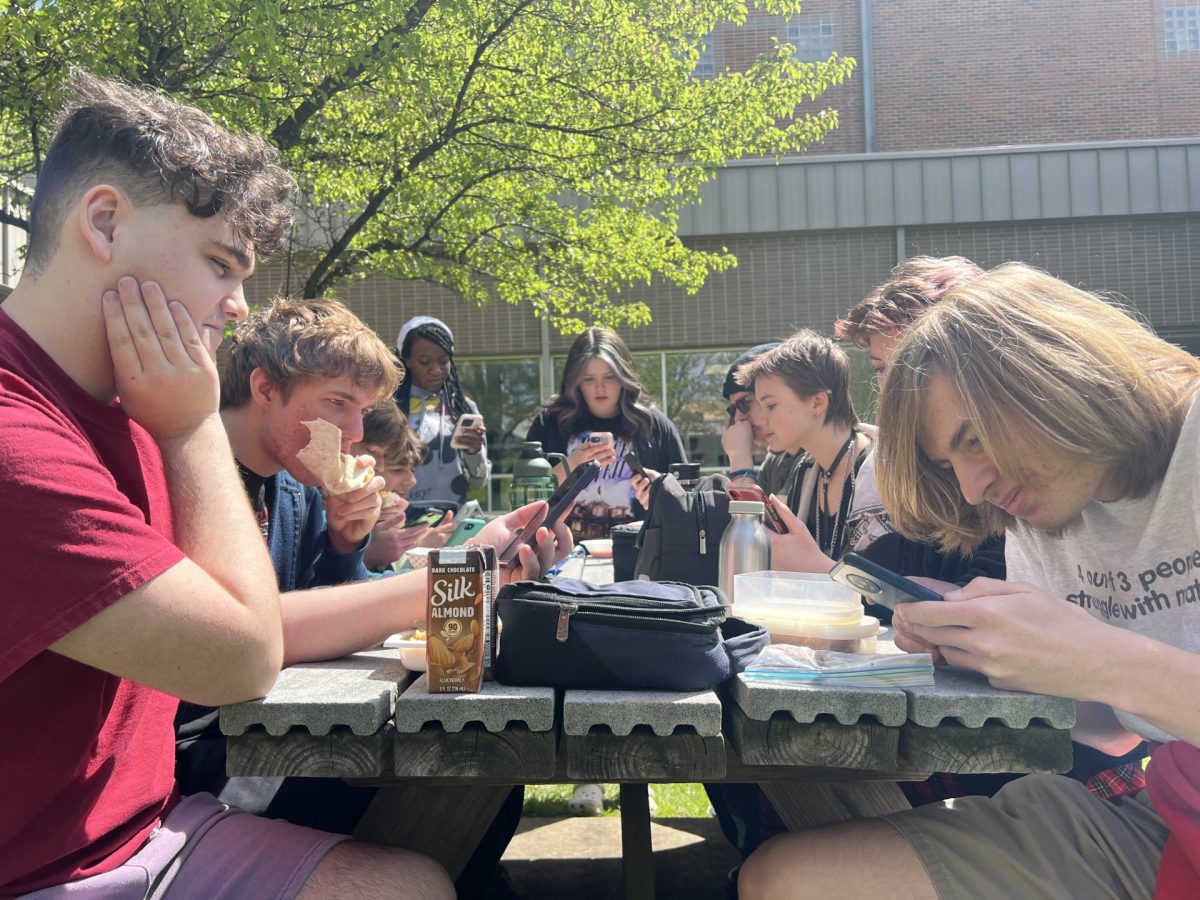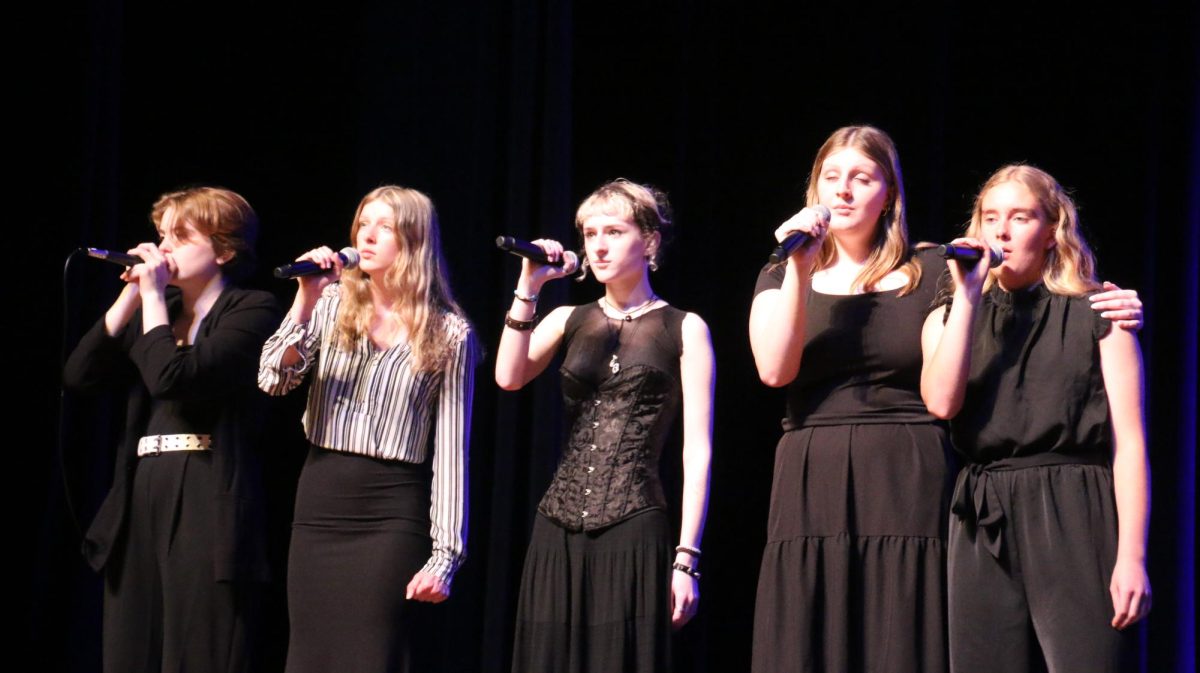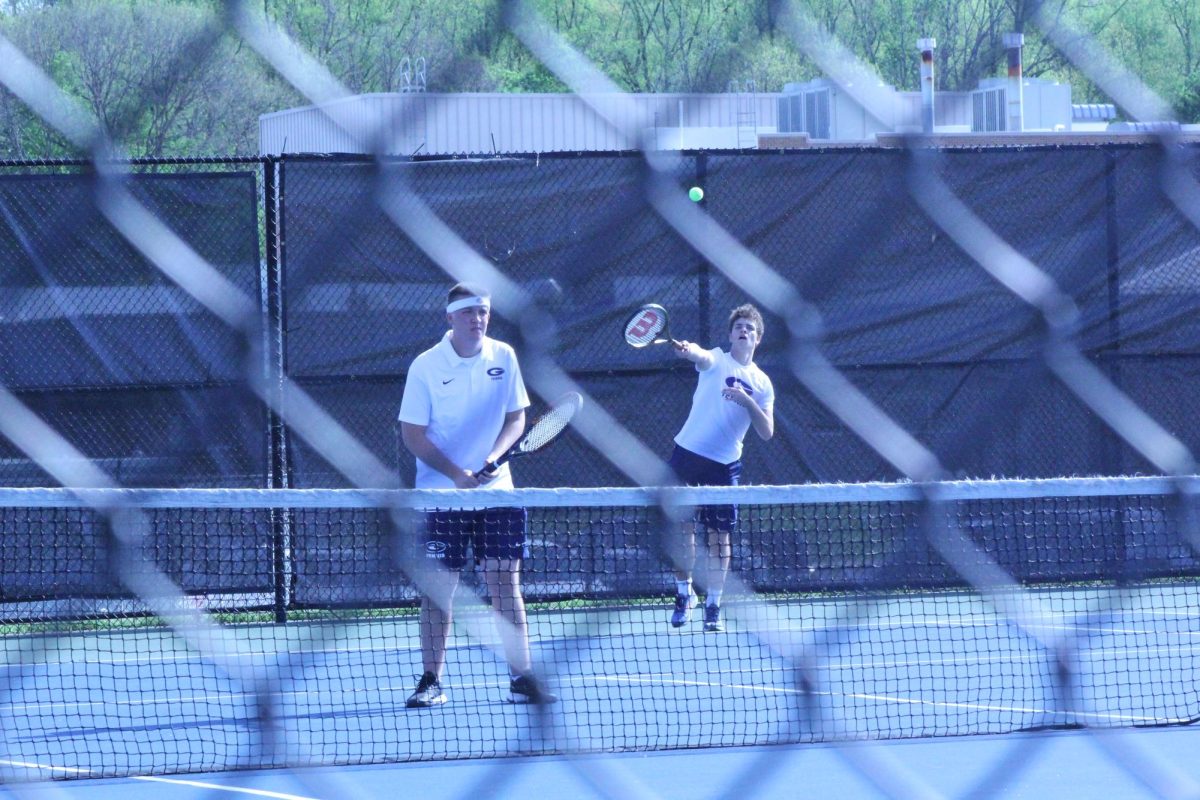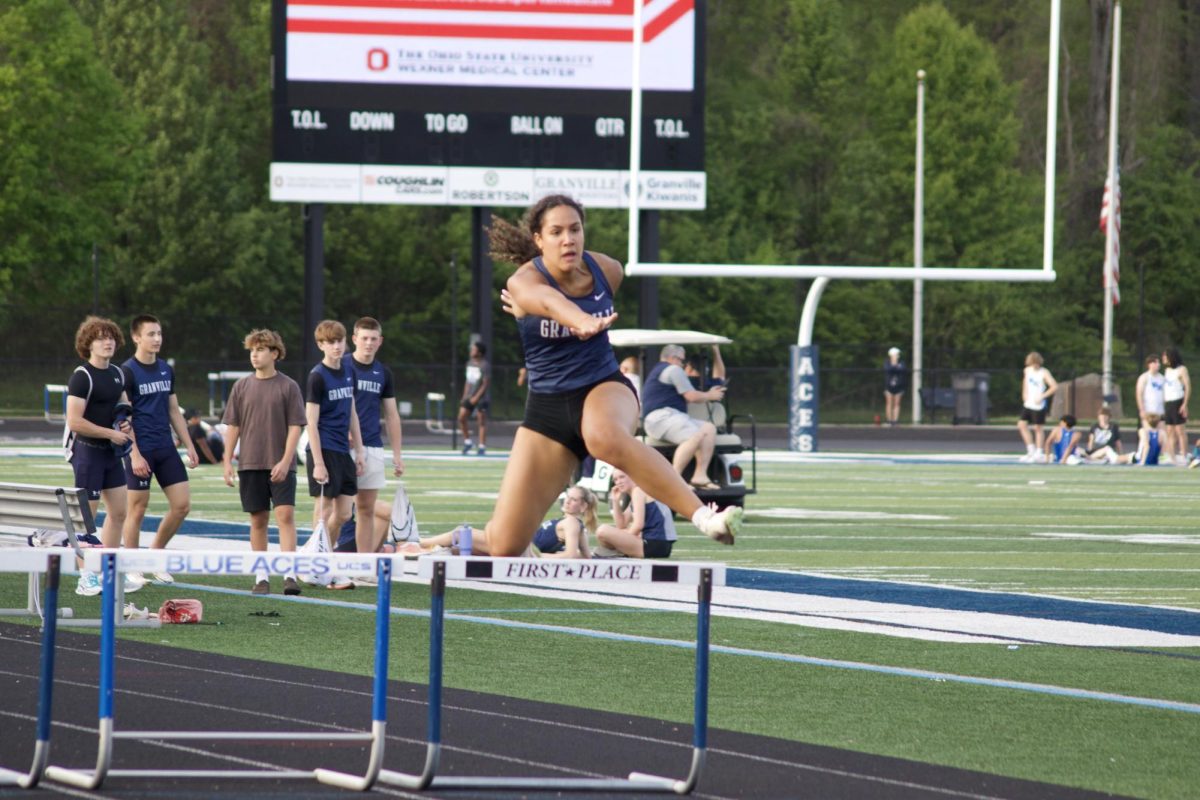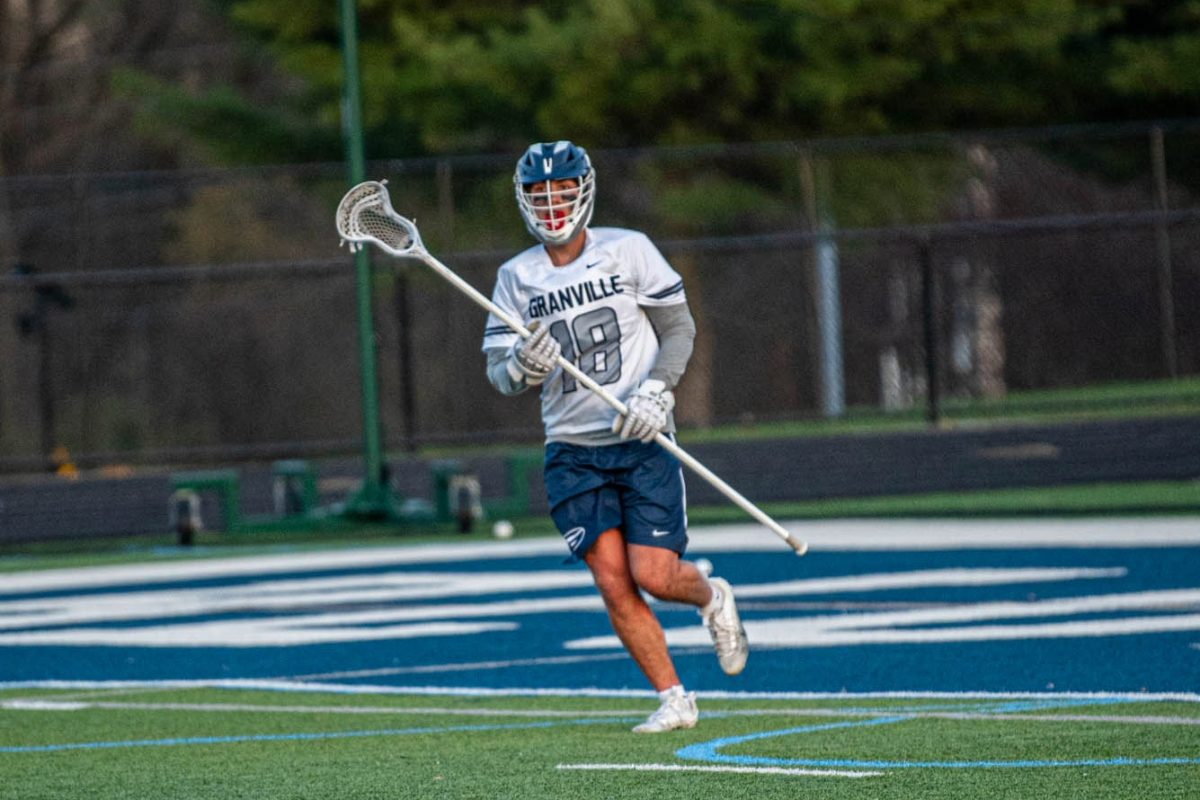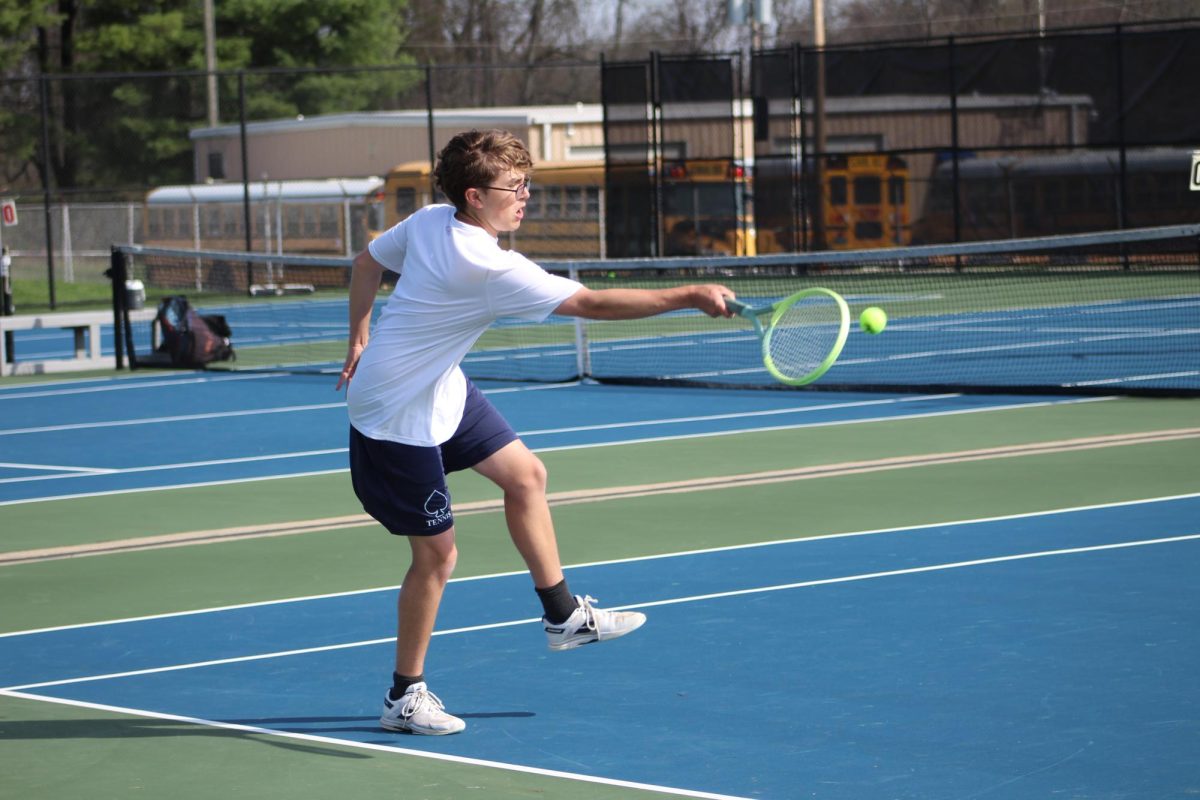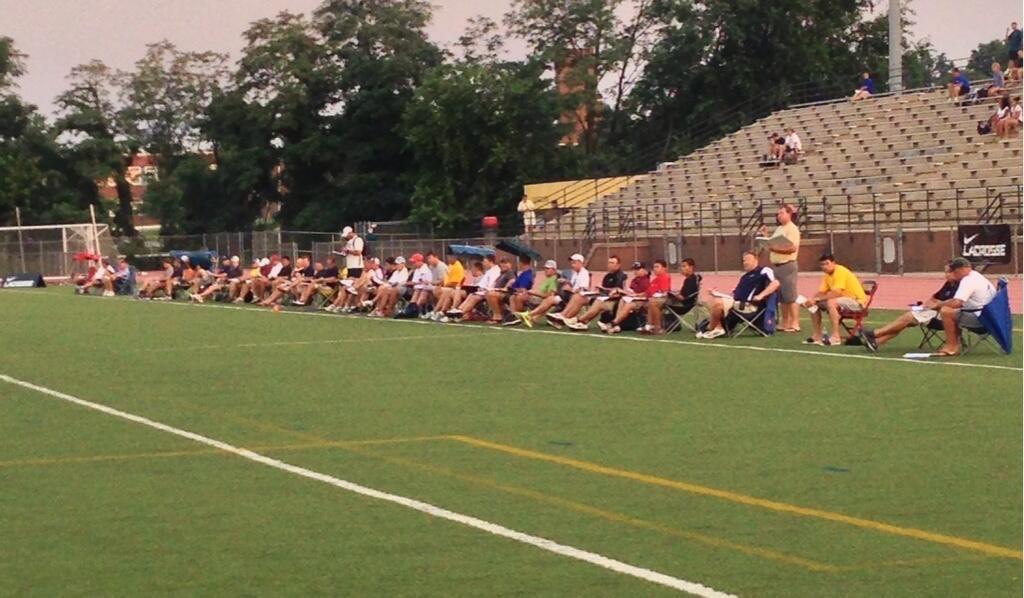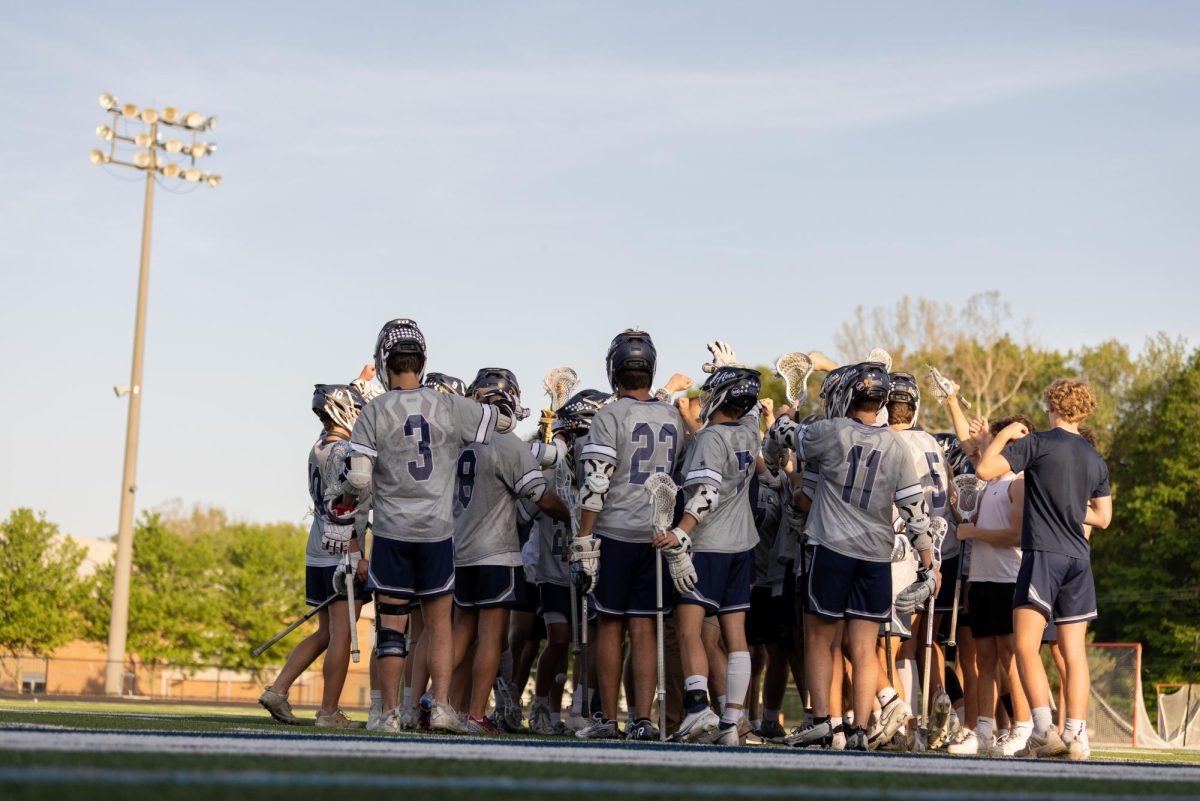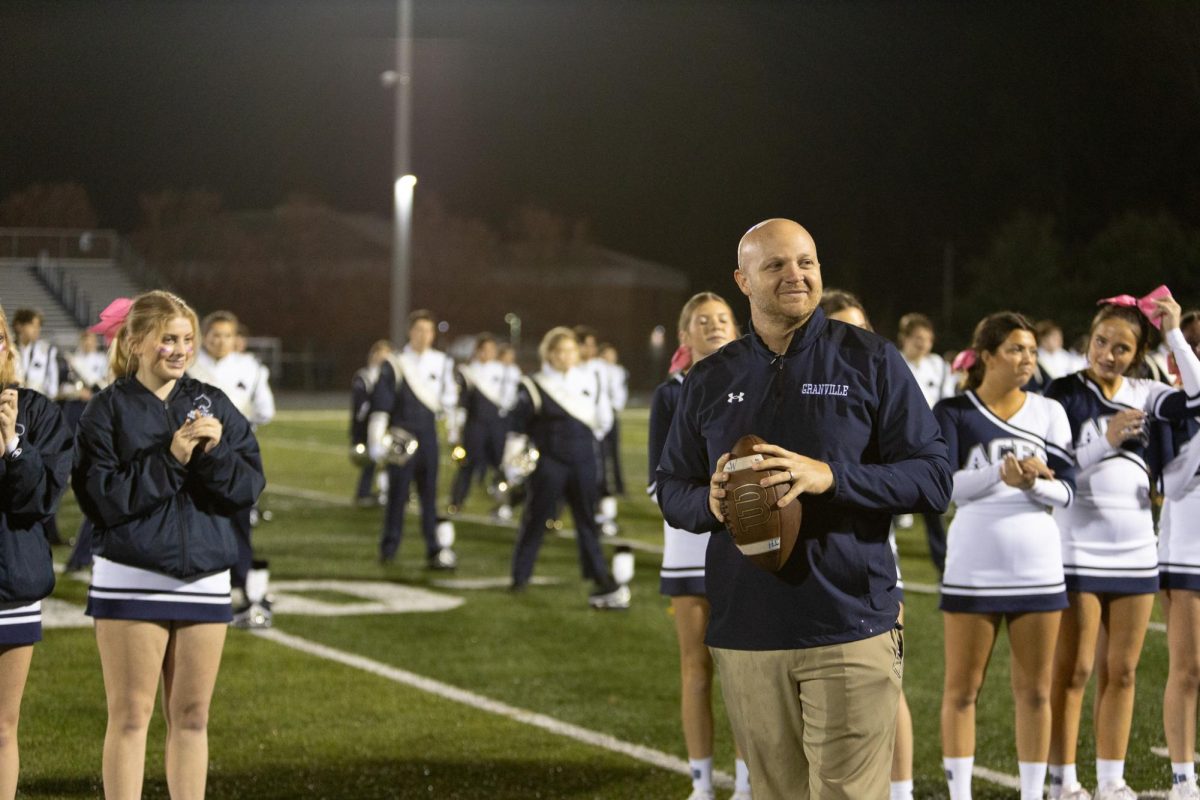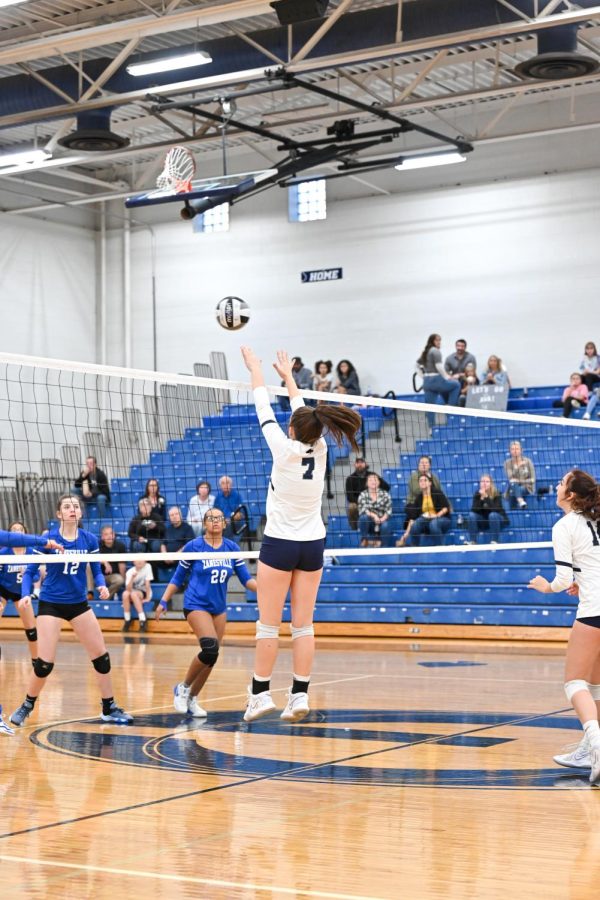BY COLE JAQUITH (’16)
The college recruiting process is an exciting, yet stressful time for any high school athlete.
With lacrosse in particular, an accelerated recruiting timeline has pushed athletes to make verbal commitments earlier and earlier every year.
The number of verbal commitments to colleges and universities for the class of 2019 has entered double digits, and the 2018’s have entered triple digits. This needs to change.
The first verbal commit, Payton Cormier of Mimico, Ontario, made his decision to play lacrosse at the University of Virginia in the summer between 8th grade and freshman year. There is no possible way that an athlete who hasn’t attended a single day of high school can know what he wants out of a college. They may not even want to play lacrosse anymore when it comes time to go off to school.
Players should not be able to make a commitment before September 1 of their junior year, even if it is only verbal. The rules need to be changed, but this is unlikely to happen any time soon, and rule changes may become irrelevant in the near future anyway
Only 5 or 6 years ago, Division I lacrosse programs started recruiting student athletes during the summer going into junior year at the earliest. As time has passed and the sport has progressed, players have begun to make verbal commitments before they even begin high school, which occurs before coaches are even legally allowed to contact them.
The rules clearly state that a coach is not allowed to contact a player before September 1 of their junior year of high school, the rules do not state that a player can’t contact a coach. College coaches have skirted the rules by contacting a player’s high school of club team coach and having that coach tell the player to call the college coach, which is technically legal.
Although this may seem somewhat shady, it happens every day.
With players committing as early as the summer before their freshman year, there are many questions that need to be asked.
Will the player have good enough grades in high school? Will they grow between freshman and senior year? Will their skills continue to improve or will they stagnate? Will they even make varsity?
There is also an additional question that needs to be asked: What about the late bloomers?
With recruiting classes filling up so early, there is hardly any space left for kids who were undeveloped in their early years of high school. An undersized player with good skills may be overlooked, and when he grows late into high school and is as good or better than someone who committed early, he is out of luck.
Division III schools and junior colleges are reaping the benefits of early recruiting by acquiring many of these late bloomers. The problem with this is that many athletes end up transferring from these smaller schools after spots open up on division 1 teams, leaving the smaller schools with gaps in their rosters.
According to Ty Xanders of “Inside Lacrosse Magazine”, the class of 2016 has had by far the most de-commitments yet, with 25. If the current trend continues, I believe that lacrosse recruiting will become much like recruiting in other major college sports.
In football, coaches will continue to recruit athletes even after they have made a verbal commitment, making a National Letter of Intent the true determinate of where a player will go to college.
This may seem counter-productive, but this shift may end up working in favor of those who believe that the recruiting timeline should be pushed back. Coaches will become more wary of early commitments and players will be more cautious with their decisions, making it so that neither party puts all of their eggs in one basket.
Although this is not may not fix the problem, it will certainly improve it.
The recruiting system is deeply flawed and needs change for the good of both the athletes and the schools recruiting them. An official rule change is unlikely, but hopefully the natural course of the recruiting process will make early commitments less of a common theme.
For now, we will have to wait and see. Who knows? Maybe a middle schooler will make a commitment in the near future.





